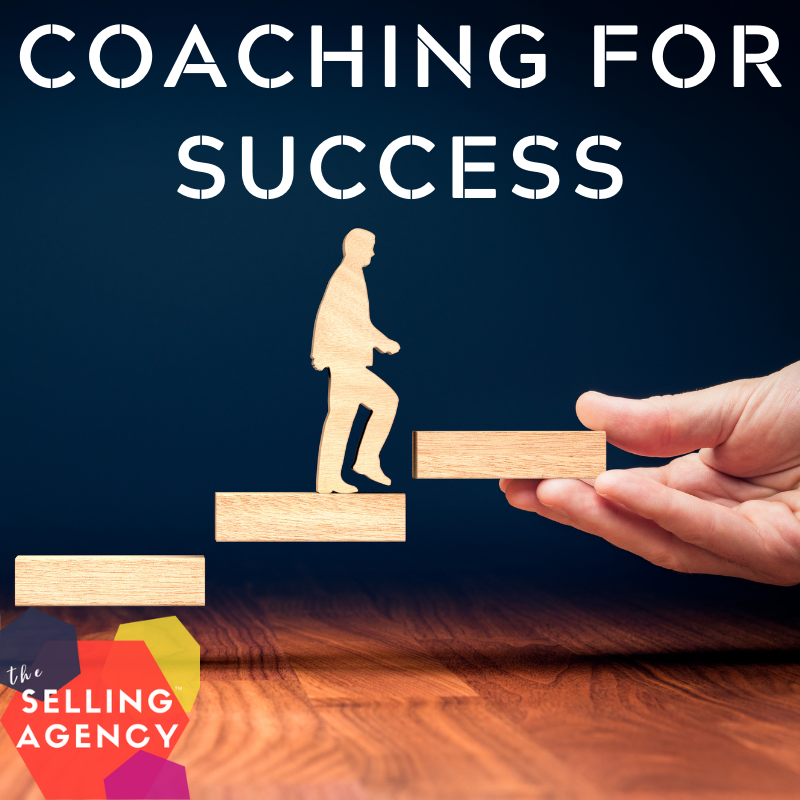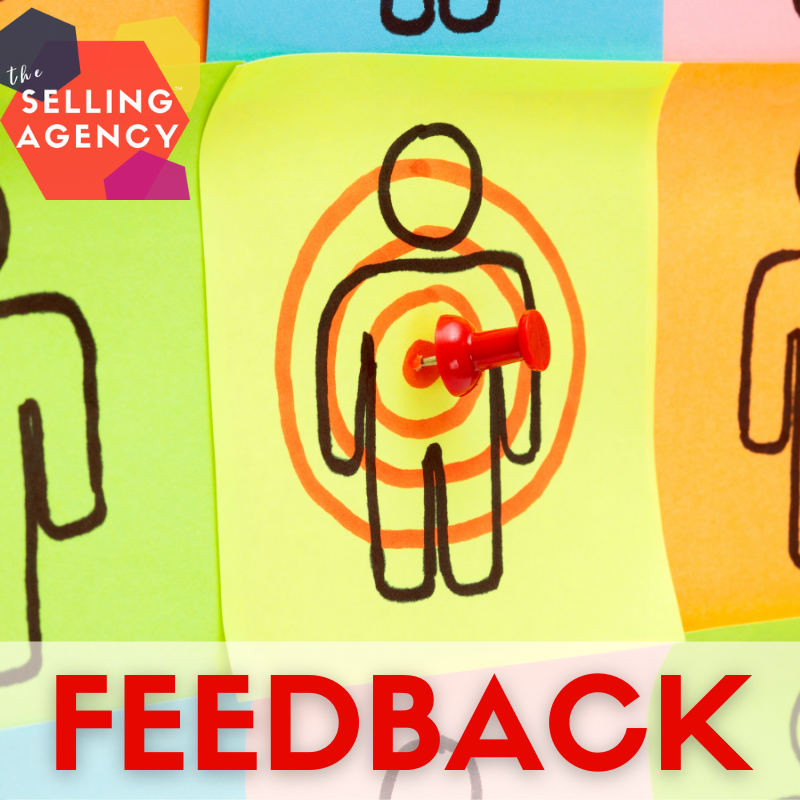I recently recorded a session for a Virtual Sales Summit along with three super-smart counterparts – and our focus was on Coaching the Next Generation of Sales Leaders.
My contribution to our sales coaching discussion was “3 keys to coaching behavior changes.”
Coaching is one of those broad, ambiguous titles. Some folks confuse coaching with training (and I don’t love the term, “training” either).
So, to clarify, I’ll offer my perspective on coaching for performance improvement.
Coaching isn’t rah-rah, feel-good motivation. It’s also not yelling at someone, pointing out all their faults. It’s not reviewing procedures and processes. And, it’s NOT one size fits all – addressing problems.
Coaching is helping the individual change their behaviors and/or create new habits that impact results in a positive way.
There are 3 keys that I’ve found to successfully coaching behavior changes …
Understand Behavior. I’ve missed this really crucial step for a long time and simply jumped into trying to change or correct behavior. It was actually research on understanding BUYER behavior that really helped me refine coaching (anyone – salespeople, executives, project managers, sports teams …) to be more successful. Diving into understanding buyer behavior from the biology, psychology, and sociology aspects of how we feel, think, and act – I started using these behavioral understandings in our Skills Builder sessions as a way of helping sales teams adopt new methods and skills that match how and why buyers feel, think and act.
Moving this into coaching individuals, it has a lot to do with something called our Internal Locus of Control – the belief that you, the individual, have control over the events and outcomes of your life, as opposed to being at the mercy of external forces.
Once we understand our own feelings, thoughts, and actions – and how they are subconscious habits, we can then decide to either continue the existing habits or apply effort to change. We exercise choice and live with the consequences.
Change starts with knowing the root cause of behavior (and prior to that, feelings).
Create or Identify Success Mechanisms. The other mistake I’ve made in coaching is in overlooking all the other contributing factors that go into habits – good or bad. It’s not just the new behavior we need to focus on coaching, but what are the “success mechanisms” that allow us to repeat the behaviors or support the actions we take to take new behaviors or form new habits.
For example, coaching a salesperson to get more wins, she needed more opportunities to present her offerings, which means she needed more conversations, which, in her industry, meant she needed to be first to get to new leads in the morning. We created systems and processes to create more compelling messaging, to make additional touchpoints, and to track and measure her results. But ultimately, what allowed her to be successful and sustain her efforts was getting to the office earlier in the morning.
And to get to the office earlier in the morning, she needed to prepare more the night before (pack lunch, lay out clothes, get doggo’s breakfast and medicine ready).
She also figured out she needed to go to bed an hour earlier and to say, “NO” to a few friends who consistently invited her out for dinner and “a” drink that usually lead to several more – which derailed her efforts to get to the office early.
She is engaged in her new habits but her habits are supported by the other mechanisms to promote her success. If she gets off track, she can go back to the success mechanisms without wondering how she got so far off her habits and priorities.
Coach the Player, Not the Problem. Lastly, one of the pitfalls of coaching is that most of the problems that need to be addressed are the same. Here’s what I’m asked to “fix” on a regular basis:
“This team member is not hitting their goals”
“This team member doesn’t seem to be motivated”
“This team member is abrasive or off-putting- to clients or colleagues”
“This team member doesn’t take feedback or criticism well”
The problems stem from personal behaviors and attitudes – NOT from environmental factors or due to their job requirements. Personal problems require individual solutions.
However, what usually happens (I’ve done it and I see it in coaching often) is that coaches address the problem, not the player. They try to fix the problem with a standard solution, instead of understanding why we have the problem.
For example, you could have two salespeople struggling with a stagnant pipeline that’s short on fresh opportunities.
Their sales manager might tell them, “You need to get out there and prospect more” – seemingly adding more leads to their pipeline.
However, their pipeline pickle could be the result of different issues. The sellers might struggle with
- Not knowing what a good target should look like
- Not knowing where to find good targets
- Not doing a good job prequalifying targets to move to leads
- Not having a deep enough understanding of the value proposition and how to present it to prospects
One, several, or all could be the source of the problem, which requires different coaching for that sales player. (Yeah, I’m going to make that term a thing now, “sales player.”)
Coaching the player, not the problem, will help them understand their own behavior, set up success mechanisms, and create new, sustainable habits.
I can tell you that there is a lot missing in Talent Development. Organizations are focused on their core activities and revenue generation and often there isn’t much time or cash designated for developing the people that power the business.
Let me say that again, so it reaches those folks in the back row …
“People Power Your Business.”
There is a tremendous difference in organizations that invest in developing and supporting their talent. Creating a culture of learning and growth is directly correlated to the growth and long-term success of the business.
That’s why we pair our services of creating Go-To-Market Strategies with Skills Building sessions and Skills Gap Coaching.
Successful sales teams and thriving organizations focus on creating successful behaviors and actions and the revenue and growth will follow.
Until next time, stop hoping and start selling!
-sks












